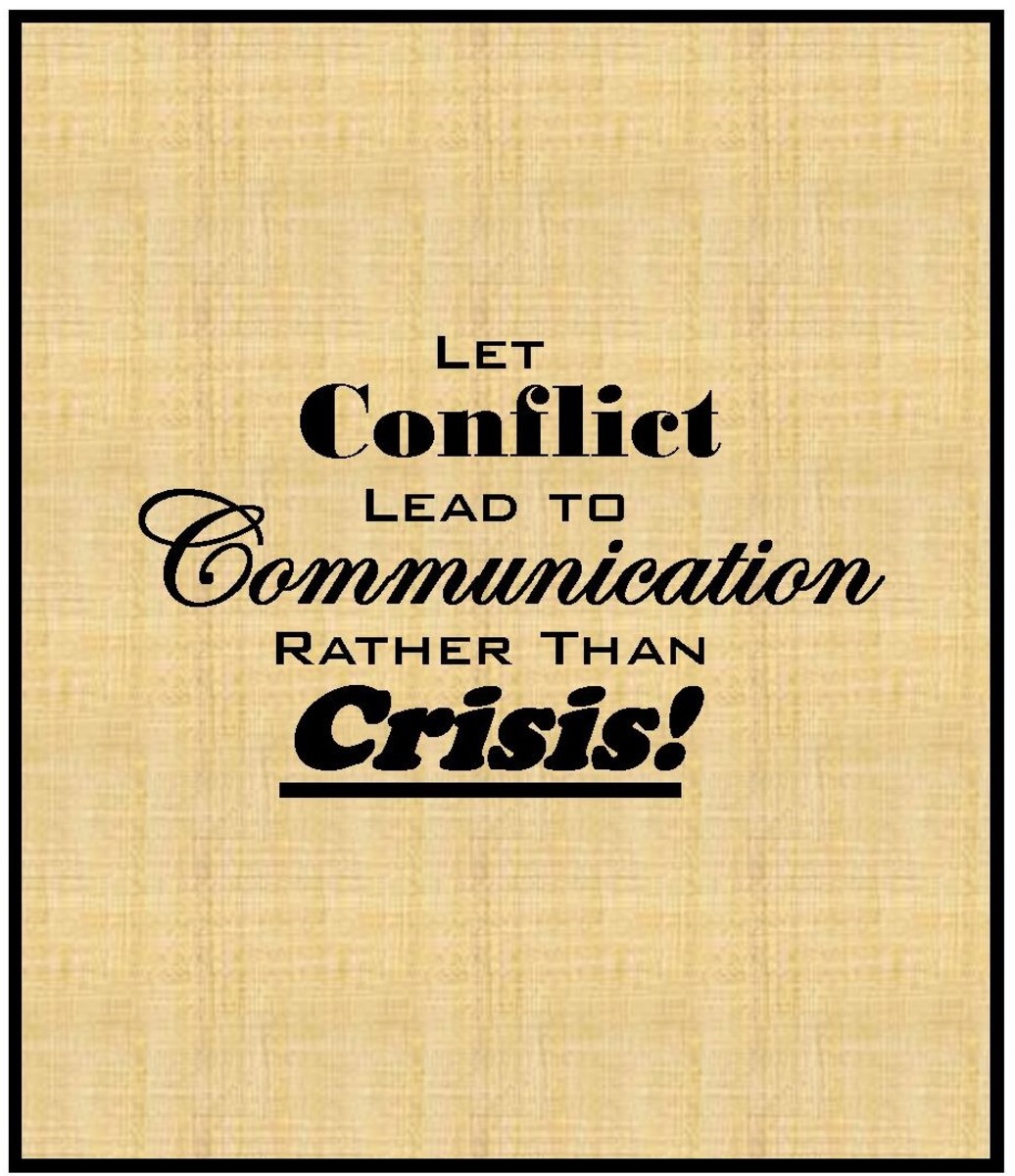Conflict Resolution Steps At Work: Creating an Agenda That Leaves You Satisfied

Conflict is a normal part of every day life - and it is going to creep into your professional and work life. The Human Resources department usually caters to conflict strategies and resolution. However, most conflicts can be solved between the offending parties, without the intervention of the Human Resources department. Competent conflict resolution steps are required before it hinders the company's morale. These conflict resolution steps can be used by an organizational leader that is observing conflict between employees, or it can be used by an employee who wants to take the initiative to ensure a safe working environment for everyone.
The prerequisite to the conflict resolution steps is selecting a person to act as the mediator during the discussion. The mediator should be a supervisor or manager. Try not to bring a coworker that you or the other person are “friendly” with. A manager or supervisor will provide sound, unbiased advice to ensure that both parties are satisfied with the final conclusion. An organizational leader will need to have a discussion with all parties that are involved with the conflict. Listening to the “story “ at different times will only allow you to create polarized opinions, which can hinder your chances of creating an unbiased space that is free of prejudices. An open space that encourages discussion is the hallmark of the conflict resolution steps.
Conflict Resolution Steps: 4 Steps To A Safe Working Environment
1. Identify the Problem: As an organizational leader, ask what is the conflict about. Allow one person to speak at a time. Allowing employees to speak at the same time will only cause arguments, and no progress will be made if the employees are yelling or verbally jabbing each other.
2. Do Not Interrupt Anyone: Conflict resolution steps require cohesion. As an organizational leader, allow everyone a chance to speak their opinions. If you are an employee who is trying to resolve the issue with the offending party, make sure to let the other person know that you want everyone to have equal air time to speak. But remember: This is not the time for the employees to air their frustrations – allowing them to speak succinct facts will improve efficiency, promote professionalism, and ensure that all conflict resolution steps are being mandated.
3. "Conflict Resolution" Involves Brainstorming: After listening to the nature of the conflict, encourage everyone to brainstorm for a possible resolution that is fair to all. Brainstorming creates a leveled field for everyone. "What would you like to see happen? What does that look like for you?" - these are all questions that should be asked by the supervisor or manager. Sharing perspectives can help prevent emotional speaking before it occurs.
4. Building an Agenda that Everyone Agrees On: Allowing everyone to speak will allow the manager or supervisor the chance to create a fair agenda. Allowing everyone to brainstorm will create remedies that are long-lasting and more satisfying. Private meetings should be encouraged if you are dealing with private information, want to apologize, or if you want an update on the situation.








